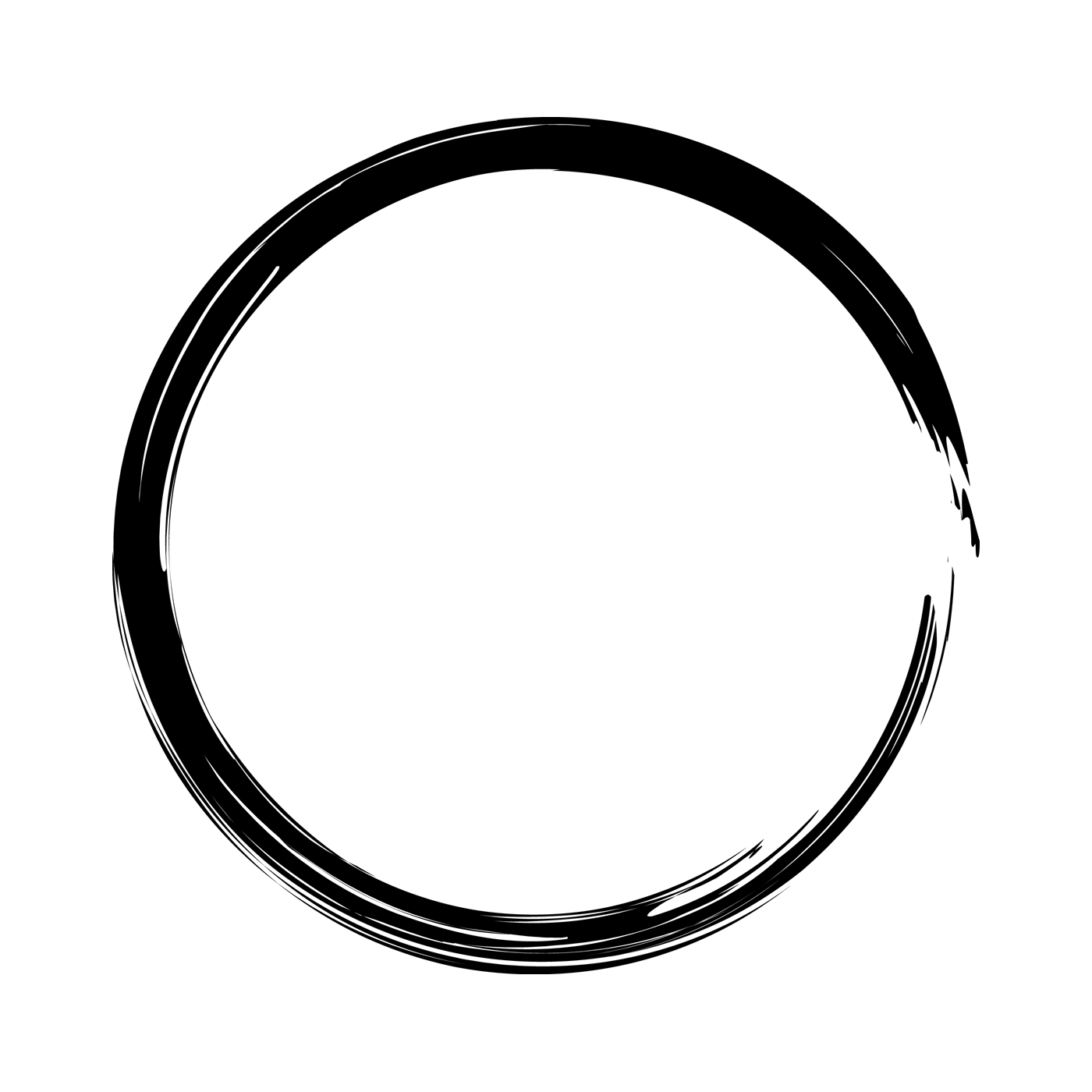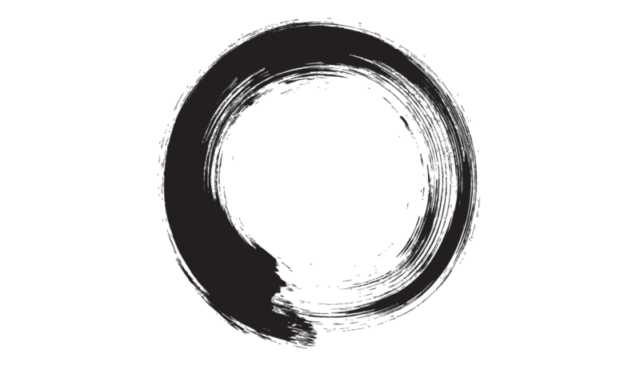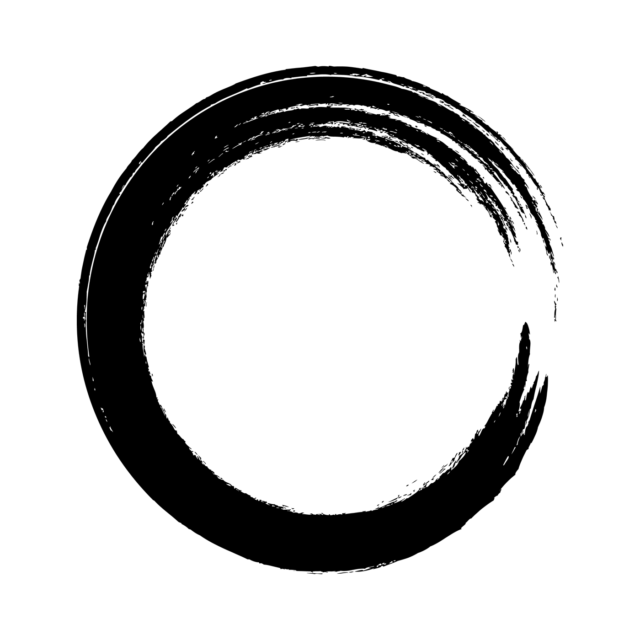Taoism and Buddhism
Taoism has existed in China for at least 3000 years, with mysterious roots in Siberian shamanism and mysticism.
Buddhism was brought from India to China around the 1st century AD, where the chief cultural and religious influences were Taoism, Confucianism, and various older, nature-based religions.
Buddhist and Taoist doctrines both contained teachings of transcendental emptiness and meditation practice, so Buddhism adapted relatively easily into Chinese culture. Chan Buddhism developed, with the emphasis on experiencing sunyata, the Illuminating void.
Chan eventually spread to Japan and became Zen, with the Buddhist doctrines almost entirely falling away for an emphasis on radical and austere practices designed to maximize the experience of sunyata.
Consciousness
It is the spaciousness of our consciousness, when not trapped within duality, that brings enlightenment.
“Within Zen Buddhist esotericism, the dialectics of mere reasoning are not in use, but instead the dialectics of the consciousness, which are different: A monk addresses his Master and interrogates him as follows: ‘Why did Bodhidharma come from the West?’ The Master utters the following immediate, instantaneous answer, ‘The cypress is in the middle of the garden…’ We might say, Well, the answer does not coincide with the question, since we are accustomed to the dialectics of reasoning, or formal dialectics. However, such an answer actually corresponds wisely to the dialectics of the consciousness. Listen: it does not matter where Bodhidharma came from; the truth is that Bodhidharma is everywhere.”
–Samael Aun Weor
Emptiness is the most radical expression of divine intelligence, the light and love of God without any materialistic or dualistic concepts.
“In the beginning was the Tao
And the Tao was with God
and the Tao was God
The same was in the beginning with God
He was in the world and the world was made by Him,
And the world knew Him not,
And the Tao became flesh,
and dwelt among us
and we beheld His glory.”
-The New Testament, Cantonese edition, published in 1911
Emptiness is the Center of Everything
Physicist David Bohm stated “There is more energy in a cubic inch of space than in all the matter in the universe.”
Space is at the center of everything and space is the leverage to move anything. The heart of space is the illuminating void. It is the key to our Innermost Being deep within our hearts, illuminated with love and light.
“The heart is in a state of alertness, absorbing – in its depths – preparing, organizing, to later compress itself and to project the blood to the organism. I believe that is much better to stay in the center of the magical circle than in the extremes of the pendulum. That center -in the Orient, in China- is called Tao. The Tao is the esoteric Gnostic work. The Tao is the secret path. The Tao is something very intimate. The Tao is the Being.
When one lives in the center of the circle, one does not take part in that mechanical game of the Law of the Pendulum. One is not subjected to the alternatives of anguish and happiness, triumph and failure, happiness and pain, optimism and pessimism, etc. Obviously, one is not liberated from the Law of the Pendulum, but -I repeat- it is necessary to learn to see everything with its two faces, positive and negative, and to not become identified with either of them, because both are illusory. Everything passes in life. Everything passes. Those persons do realize that all in life has two faces, but unfortunately they do not locate themselves in the center of the circle, in the Tao. When one is in the Tao, one knows to see all things pass around oneself, around one’s own Consciousness, all the events of life with their two faces, and one knows that they are ephemeral.
Obviously, then one does not identify with one face or the other: one conciliates the opposites through the synthesis. Let us take, for example, the case of someone that is in a great party, very happy. However, that person knows that after of any moment of happiness another of pain will come. If that person is located in the center, in the Tao, then he conciliates the opposites within himself, in his own Being, in his own Consciousness and says, “I know that after every happiness comes a sadness, but nothing of this affects me, because everything is ephemeral: people pass away, things pass away, ideas pass away, everything passes. So, I can live that event as it has to be lived.”
A reflection like that will allow him to stay in the event without any concern: he is conscious, and knows that it is an ephemeral moment, he does not elude it, he understand it, knows its two faces. He just lives consciously. When a person reflects in this form, he acts in the same way as the heart does when it is in the diastole: it is open and receives, accumulates, organizes, works, so later it becomes active in the systole.”
-Samael Aun Weor, The Law of the Pendulum
“When a man hath come to this, that he seeketh comfort from no created thing, then doth he perfectly begin to enjoy God, then also will he be well contented with whatsoever shall happen unto him. Then will he neither rejoice for much nor be sorrowful for little, but he committeth himself altogether and with full trust unto God, who is all in all to him, to whom nothing perisheth nor dieth, but all things live to Him and obey His every word without delay.”
– Thomas de Kempis, The Imitation of Christ



